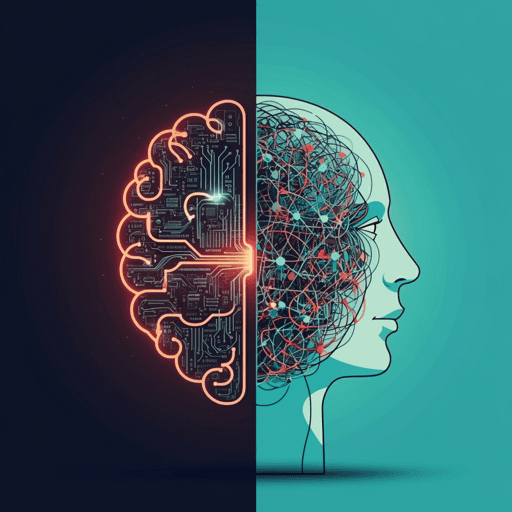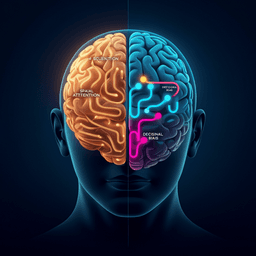
Transportation
Comparing AI and human decision-making mechanisms in daily collaborative experiments
L. Wang, Z. Jiang, et al.
Artificial intelligence’s potential to rival human decision-making is evaluated by comparing humans, large language models (LLMs), and reinforcement learning (RL) in a multi-day commute decision-making game with interdependent individual and collective outcomes. The study finds LLMs can learn from historical experience and reach convergence like humans, yet they struggle in multi-person collaboration due to weak perception of others’ choices, poor group decision mechanisms, and limited physical knowledge. This research was conducted by Linghao Wang, Zheyuan Jiang, Chenke Hu, Jun Zhao, Zheng Zhu, Xiqun Chen, Ziyi Wang, Tianming Liu, Guibing He, Yafeng Yin, and Der-Horng Lee.
Related Publications
Explore these studies to deepen your understanding of the subject.







